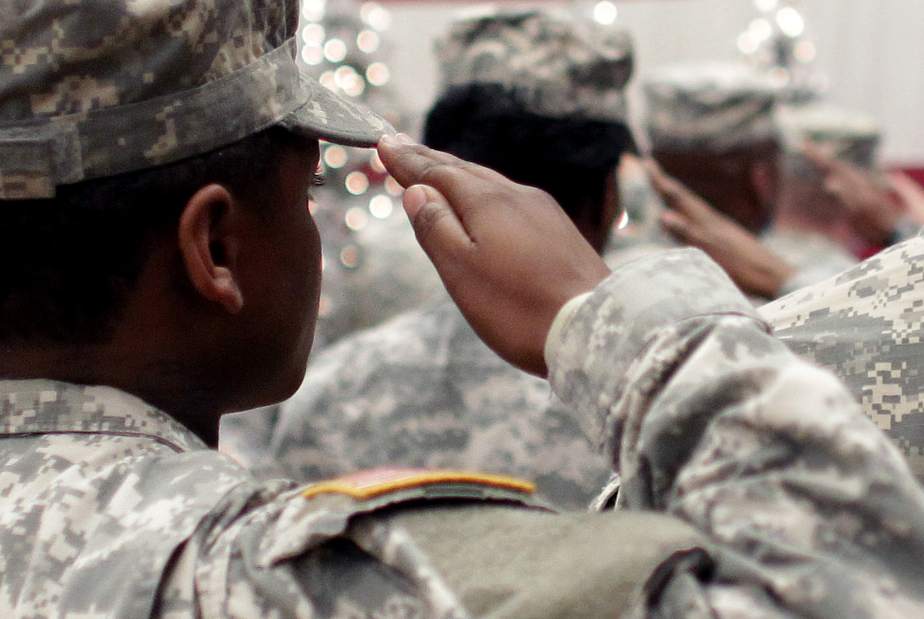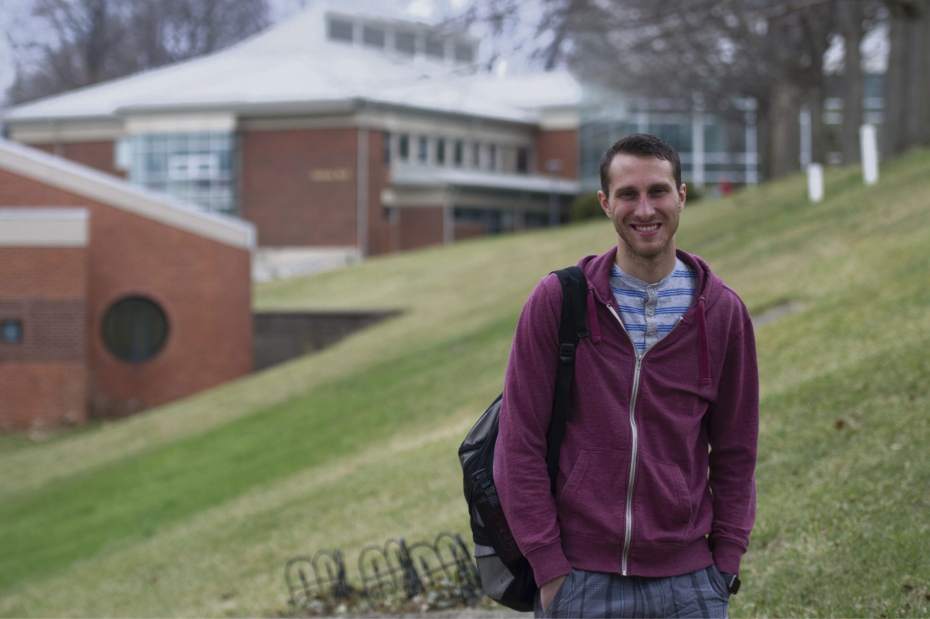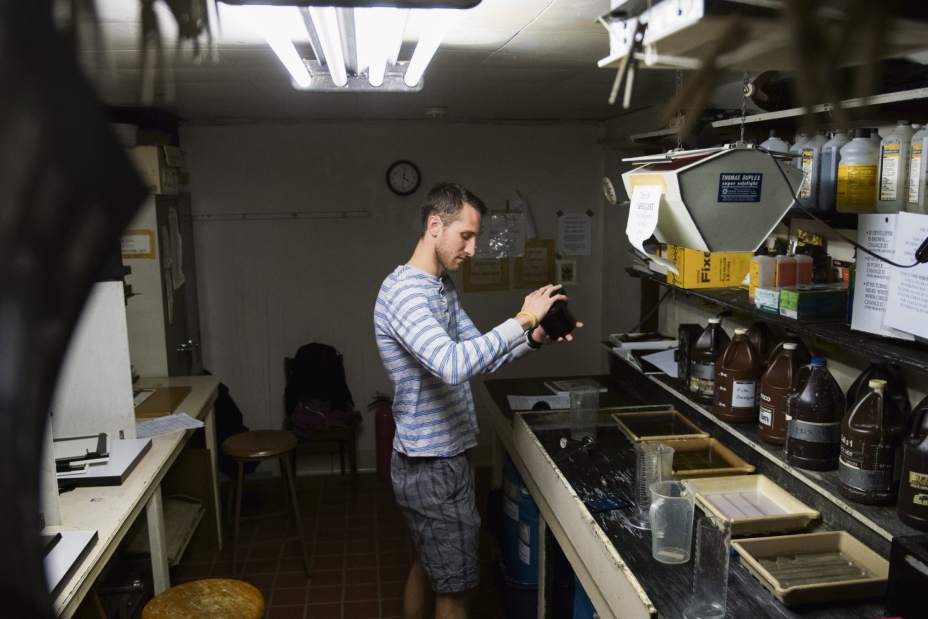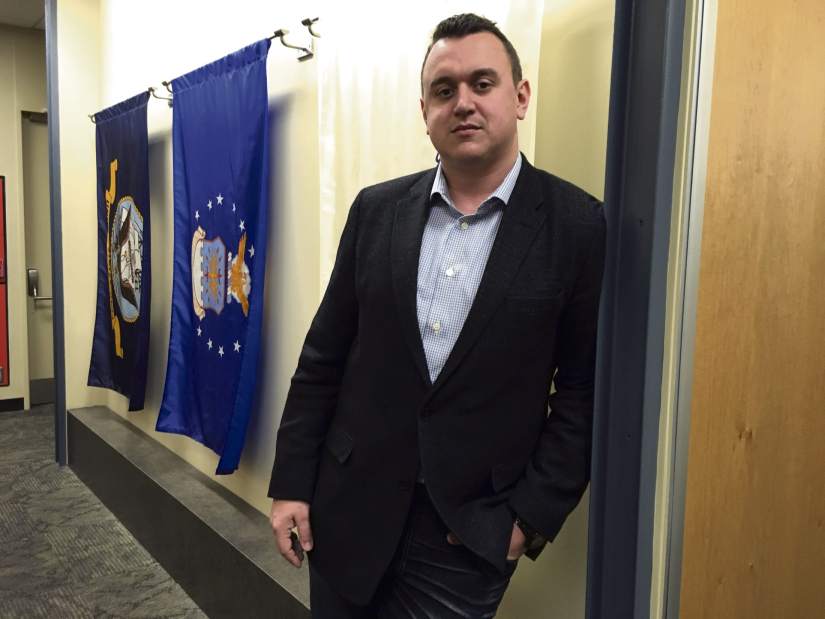GI Bill helping to boost veterans' college ranks
Connie Beckel was puzzled when she saw numbers begin to tick up.
Seton Hill University, with an enrollment of 2,500 students, typically saw no more than 10 veterans a year at its Greensburg campus. Then, Congress enacted the Post-9/11 GI Bill in 2008.
In recent years, the private Catholic university has counted an average of about 50 students a year enrolled on the GI Bill.
“It was a pleasant surprise,” Beckel said.
Today's all-volunteer military is smaller than in prior decades, but it is sending a steady stream of veterans back home looking to upgrade their job prospects.
Across the country, the stream has become a surge as hundreds of thousands of students flock to colleges, universities and trade schools, courtesy of the most generous GI Bill since World War II. Like the original GI Bill that gave more than 7 million veterans access to higher education between 1944 and 1956, the Post-9/11 GI Bill provides grants to cover tuition, books and living expenses for up to 36 months of classroom time.
They comprise an attractive market for college recruiters.
Department of Veterans Affairs records show that 559,000 to 814,000 veterans opted to tap the benefits of the bill in each of the past six years. That added up to more than $28 billion in tuition and fees paid to schools during that period. About $1.1 billion of that flowed to Pennsylvania schools.
Bump in enrollment
In a state where colleges compete vigorously to enroll a shrinking pool of high school graduates, GI Bill students have provided a bump in enrollment at many schools. Federal records show those students increased enrollment at three local private universities by nearly 600 students last year. Robert Morris University in Moon served 240 such students last year, while Duquesne University served 216 students and Point Park snared 119.
August Sander, a 2009 Greensburg-Salem graduate, enlisted in the Navy out of high school. Four years later, he enrolled at St. Vincent College in Unity. Sander is on track to graduate with a degree in criminology this spring. Thanks to additional grants and scholarships that made up the difference between his GI Bill benefits and the cost of attendance, he will be debt-free.
“That was the main reason I enlisted. I didn't want to pay for a full education and be in so much debt,” Sander said.
Taking classes at a breakneck speed, Sander plans to graduate with six months of eligibility left on the GI Bill.
“So if I go to graduate school, that will still be available to me,” he said.
Pennsylvania's public universities also saw an influx of GI Bill students.
More than 600 are studying at the University of Pittsburgh in Oakland and its branch campuses in Greensburg, Johnstown, Titusville and Bradford.
GI Bill students increased enrollment at the 14 state-owned universities in the Pennsylvania State System of Higher Education by nearly 1,900 students last year — a time when overall enrollment continued to decline. VA records show 209 enrolled at Indiana University of Pennsylvania and 262 at California, both of which have active veterans programs.
Benefit transfer a boon
Brian Clark, director of Veterans Services at Penn State's University Park campus for nearly four decades, wasn't surprised by the influx. The land grant university has always considered veterans outreach part of its mission, and Clark followed the bill's progress through Congress.
More than 4,000 students are enrolled via the GI Bill at Penn State's main campus, branch campuses, law school, medical school and online.
The initial growth has leveled off, Clark said. But this bill, which allows long-serving members of the military to transfer their benefits to a spouse or child, added a new dimension to the flow of students.
“What all the colleges are seeing is a fairly large percentage of military families are using benefits to send their children to college,” Clark said. He estimated that 20 to 25 percent of the GI Bill students at Penn State are the children or spouses of veterans.
‘I was lucky, very lucky'
In some instances, service members divide their benefits among multiple children, offering each a year or two.
Richard Lawrence of Car‑negie assigned his full benefit to his daughter, Lindsey.
When Lawrence, now 48, enlisted in the Army after high school, he never imagined his military service would translate into a fully funded college education for his only child. Lawrence, who retired in 2015 after 28 years of service, signed his benefits over to his daughter shortly before he deployed to Iraq in 2008. Knowing that the high school freshman wouldn't have to worry about college was a relief.
“I'm kind of glad. Who knew it would work out this way? For as long as I can remember, (service members) always wanted to be able to transfer our benefits to family members,” he said. “Then, we found out we could do it when the 9/11 bill passed, and I made sure I converted it to her.”
Lindsey Lawrence, a Seton Hill dance major, will graduate without debt this spring thanks to the GI Bill and Seton Hill's participation in the Yellow Ribbon Program, a grant program under which universities and the VA split funding for costs in excess of the bill's cap.
“When it passed that year, my parents realized I could do whatever I wanted. They were like, ‘Go for what you want. You can have this,' ” she said. “I was lucky, very lucky.”
Debra Erdley is a Tribune-Review staff writer. Reach her at 412-320-7996 or derdley@tribweb.com.








